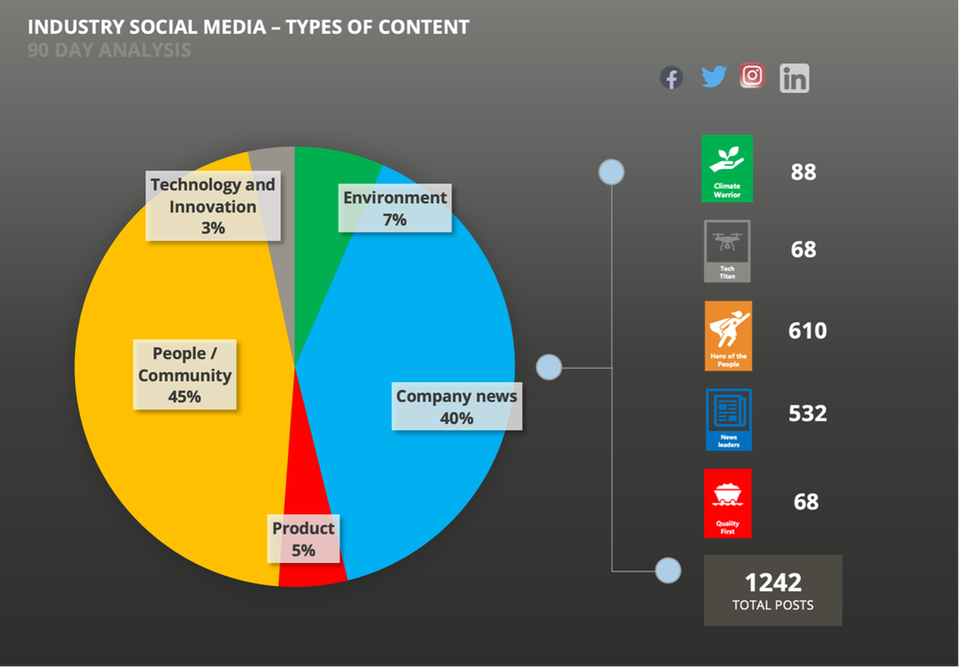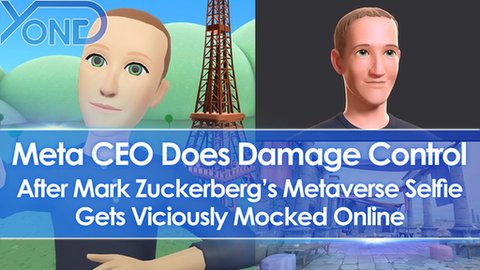The Metaverse and the future of business communications
By Thomas McLachlan and Jasper.AI*
Many business leaders are still hesitant to bet on the metaverse and whether it will become a real part of business communications in the future. The technology itself is uncomfortable and a bit clumsy but the potential applications can’t be ignored. The key to successful business communications in the metaverse will be to find ways to make it feel natural and comfortable for users. This will mean developing wearable hardware that is more ergonomic and finding ways to reduce latency issues. It could also involve creating avatar-based interfaces that are more intuitive, user-friendly and feel a little less cartoonish than the current depictions.
Back in 2021 Mark Zuckerburg gave us a fanciful, somewhat exaggerated glimpse of what the metaverse was all about. Certainly (and possibly thankfully) we have not quite caught up with this reality.
Not everyone is supportive of Mark Zuckerberg’s Metaverse “play”, gamer and tech commentator YongYea highlights the company’s poor performance since its rebrand to META
Whatever the solution ends up being, it's clear that the metaverse is going to play a big role in business communications in the years to come. Early adopters and developers such as Meta – formerly known as Facebook have rushed into the space with very little to go on. It’s a fascinating thing to watch a technology almost building itself in real-time but it’s also hard to ignore that everyone will eventually need to get on board sooner or later. Beyond the obvious use-cases, like technical product training, safety simulations and more immersive Zoom meetings, the real power of Virtual reality is likely to be in its co-creation potential. What virtual reality is likely to give us is a new perspective (literally) on problem solving in real time. It activates a state of play amongst teams and facilitates creativity, both of which are very difficult to teach in business. You could also think of it as a new platform for content, with all the associated risks and opportunities.
Imagine, for example, hosting your next investor presentation ‘inside’ a newly built underground mine. It’s not that far off either – in 2021, Montega and Donner & Reuschel co-hosted the first Virtual Reality Investors Day, in which virtual reality company NexR had six presenters pitch to investors in a virtual environment, using fully reconstructed avatar clones. There are a few challenges that need to be addressed before virtual reality can truly take off in the business world. For one, there's the issue of virtual reality sickness. This is a problem that needs to be solved before virtual reality can be widely adopted. “Certainly, the Oculus 2 headset that I’ve been using gives me about two hours of useable time before I start to feel a throbbing behind my eyes and need a break. But I suppose it takes some getting used to,” says Thomas McLachlan, head of Aprio Digital.
While it is a slightly bizarre-looking contraption, Oculus has done a good job of making it as light and unobtrusive as possible. Impressive even, given the fact that it’s a hard drive with two massive lenses hanging off the edge of your nose. It is clunky though and it gets very hot and sweaty in there. Apple is already rumoured to be working on an augmented reality solution which, if we know Apple, will certainly take design and user-comfort to the next level. This year, Mojo also announced the first smart contact-lens. While it’s probably still a few years away from being commercially available, the application certainly alludes to a reality where content could soon ‘float’ in front of our eyes.
Another challenge is cost. However, as virtual reality technology improves and becomes more widespread, the price of virtual reality headsets will eventually come down. Despite these challenges, there's no doubt that virtual reality will play a big role in business communications in the future. With its ability to create realistic simulations, virtual reality will allow businesses to communicate with each other in ways that were previously impossible. So, what does this all mean for businesses? Well, it's still too early to say for sure. But one thing is certain, the future of business communication is likely to change significantly.
Note: *This article. It was partly written by AI technology. That’s right – Jasper.AI wrote about 43% of the finished product.
The world of communications is changing – for better or worse, you need to be aware of the changes and whether your processes may need to adapt. Speak to us if you have questions – we can help you get future fit: digitalteam@aprio.co.za
Fast facts about Metaverse
The metaverse - not to be confused with Facebook’s recent renaming to Meta, is what many are calling ‘the next digital frontier.’
These are a few explanations for those with a slippery understanding of exactly what it is:
- It’s a buzzword in the technology world that includes three elements: a virtual reality interface, digital ownership, and avatars;
- It’s the virtual world where people and businesses can work and play;
- And there’s more - it’s also a graphically rich virtual space where people can host live events, shop and socialise.
The term ‘metaverse’ was coined by Neal Stephenson in a novel written 30 years ago called Snow Crash. The author used the term to describe a virtual world in his imagined 21st-century dystopia back in 1992.
Following our theme of unpacking the Metaverse, this article is a must read. It sets out to examine the deep fake dangers that lurk in the metaverse and unpacks the fun side to creating a ‘mini-me’ in the form of a hyperreal synthetic avatar. It also unveils the scary side. As the article says, what if we don’t find ways to secure our identities in the metaverse? The result could be a horrible loss of control of our own images and biometric data.
For more on this interesting topic read the article here:

For more information about Aprio Digital’s service offering, contact Thomas McLachlan on thomas@aprio.co.za or the team at Aprio Digital on digital@aprio.co.za

How to develop a fully integrated social media campaign to reach your target audience
Aprio’s Head of Digital, Thomas McLachlan unpacks how to strategically design an integrated campaign to reach your complex audience in a three-part video series.









